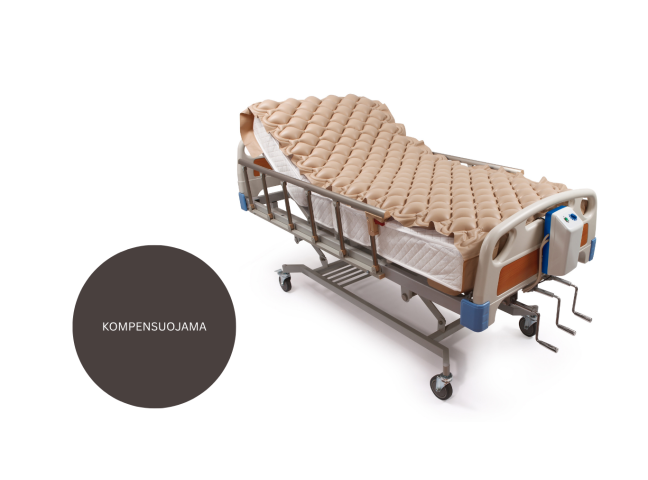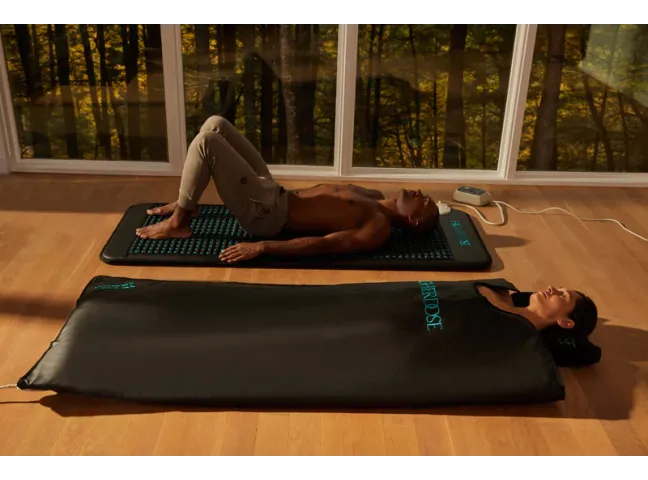Types of sensory tools
1.Tactile aids - special surfaces, massage balls, textured mats to stimulate the tactile senses.
2.Visual aids - coloured light projectors, LED panels, picture cards to help improve concentration and visual skills.
3.Auditory stimulation - musical instruments, sound therapy devices to develop auditory perception.
4.Vestibular aids - swings, balance discs, hammocks used to strengthen balance and movement skills.
5.Proprioceptive aids - weighted blankets, elasticated suits, deep tissue stimulation aids to help improve body awareness and motor coordination.
6.Olfactory and gustatory aids - aromatherapy aids, taste testing tools that can be used to regulate both emotional state and swallowing function.
What are they used for?
Sensory tools are used for:
- To treat developmental disorders in children (e.g. autism, sensory integration disorders);
- Rehabilitation of patients with neurological diseases (e.g. stroke, Parkinson's disease);
- Physical rehabilitation processes where it is necessary to restore motor control;
- Improving psychological health by reducing stress, anxiety and emotional discomfort.
Benefits of sensory tools
- Improves sensory perception and brain activity;
- Helps to restore motor skills and develop coordination;
- Reduces stress and anxiety and promotes relaxation;
- Promotes social interaction and communication.
Sensory products are designed for children and adults with special needs (developmental disabilities, autism spectrum disorders, speech and visual impairments, cerebral palsy and other disorders), for people with disabilities, for elderly people with mental illnesses (dementia, Alzheimer's, etc.), and for the rehabilitation of people suffering from various diseases.
The use of sensory aids in rehabilitation is becoming increasingly popular as they effectively help people of all ages to improve their quality of life, restore lost functions and feel better both physically and emotionally.
Questions?
If you have any questions, please contact the Rehastar.com online store staff by phone during business hours from 08:00 to 17:00 on weekdays or by email at any time, and we will strive to respond to you as soon as possible.
Email: info@rehastar.com
Phone: +370 626 11553






